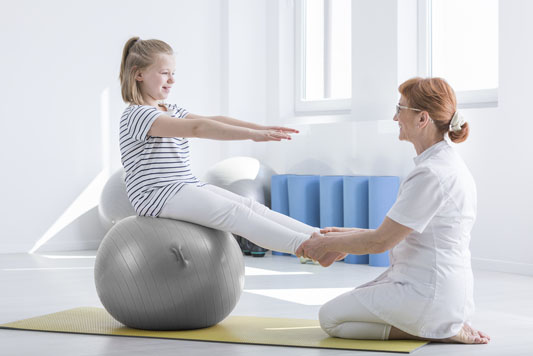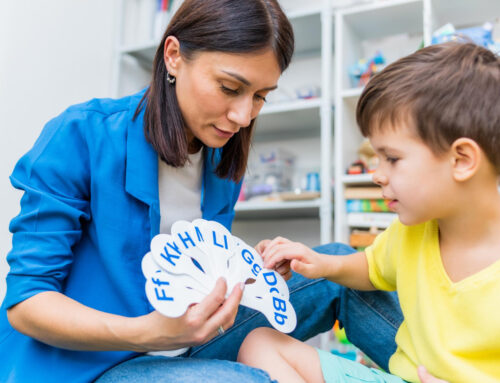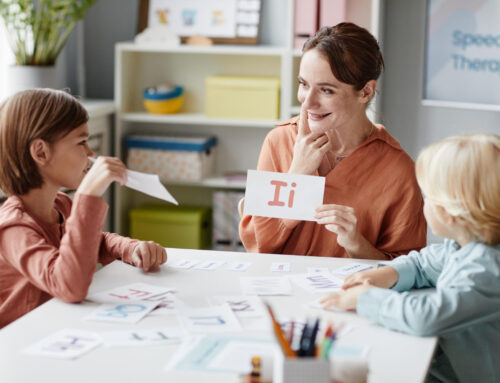
Motor learning theory isn’t new by any means to the occupational therapy profession; however, therapists continuously come up with innovative treatments based off of motor learning in order to teach or re-teach people how to move in a functional manner. Jarus (1994) quotes this common definition, which has been recited numerous times in OT literature:
“Motor learning refers to a set of internal processes that are associated with practice or experience and that lead to relatively permanent (i.e., long-lasting) changes in motor behavior (Schmidt, 1988). Because permanent changes are the desired outcome, the ability to retain the learned task is of great importance”. (p. 810).
So, what does all of this information mean for people who aren’t therapists or who are not willing to digest this type of peer-reviewed information? The term “motor”, in its most simplistic light, means “movement”. OTs work persons of all ages evaluating and treating barriers to movement necessary to perform functional activities.
Let’s take a look at what this means for children working with OTs in their own home. Functional activities vary per child depending on their age and where they are developmentally. For example, a typical 6-month-old may already be trying to put the motor pieces together to sit up unsupported in order to play with some blocks. A 6-year-old may be starting to take the first few fine motor steps in order to participate in handwriting their ABCs. A 16-year-old may be focusing more on participating in school sports with their friends. Yes, some of these examples do take place outside of the home, but much can and will be learned at home with the help of parents or guardians.
Read through the following scenario depicting what OT can provide a child within the context of their own home, while keeping in mind that the skills the child learns can be generalized across multiple environments:
Jill is a 10-year old female with Down syndrome. Cognitively and academically, she is about 2 years behind her classmates. For the past 6 months, her mother has arranged for an OT to come visit Jill in her home twice a week. Her mother is very concerned because Jill is struggling in all of her classes because she has trouble with handwriting. The OT ran a detailed evaluation and concluded the following: Jill can read at about the level of an 8 year old, so comprehending what she is writing doesn’t seem to be a problem. However, while observing Jill color a few pictures, the notices that the crayons are very loosely held and that Jill doesn’t hold the utensils with a typical grasp like others her age. Jill also has a preference for slouching forward and laying on the table while drawing.
In this case study, when it comes to making motor learning a primary focus for intervention, the OT purposefully identifies barriers in movement required for Jill to write. Now, it is about taking apart the poor compensation habits Jill has developed (i.e., irregular grasp, slouched position), adding in some new habits, strengthening her grasp and fine motor skills, and then watching as her new handwriting skills help her succeed in school. Aside from handwriting skills, OTs can do so much more for kids to encourage movement:
Early intervention: OTs work with children ages 0-3 to attain motor milestones of development. Examples include learning how to crawl, roll, sit-up, furniture-walk, and then eventually walk. Other are more precision-based including how to grasp for toys, picking up objects one or two-handed, holding a spoon for self-feeding, developing grip strength to draw with a crayon, etc.
Elementary-aged children: OTs can work with children on more complex tasks (including handwriting) in order to accomplish tasks at home, at school, and on playdates with friends. Examples include learning how to ride a bike, running all over a playground, self-propelling a swing, and conducting small chores at home (sweeping the floor, folding laundry, setting the table, making a sandwich, etc.).
Middle and High school children: OTs can work with children of this age on teaching and refining movement patterns to better participate in school supports, to dance at school formals, to drive a car, to take on even more complex chores at home (i.e., repair work, sewing, etc.), and to perform part-time work responsibilities.
The possibilities are endless when it comes to motor learning in occupational therapy for children!
References
Jarus, T. (1994). Motor Learning and Occupational Therapy: The Organization of Practice. American Journal of Occupational Therapy, 48(9): 810-816.





